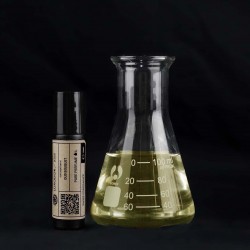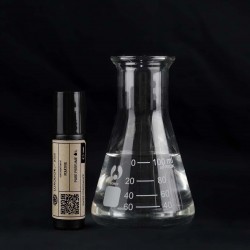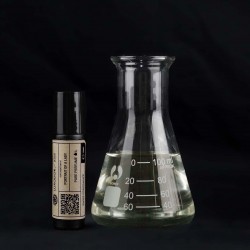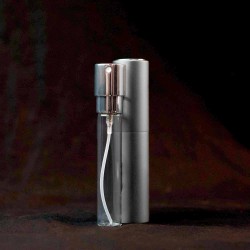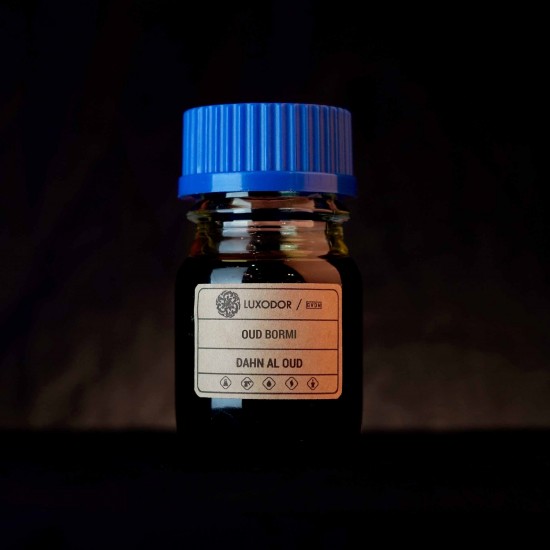
About the fragrance
Disclaimer: Our Creations of Perfume Oils are Impressions and Versions of famous brand fragrances and not associated in any way with the designer brands or manufacturers mentioned on it. Name trademarks and copyrights are properties of their respective manufacturers and/or designers. Designer/Brand Name is solely used for comparison purposes to give customers an idea of fragrance character and scent accords.
About the fragrance
Perfect fragrance oils for all perfumery product such as for making perfume, Body Mist, Hair mist, home interior fragrances, bath & body products including oils for candles, reed diffusers and more.
Description
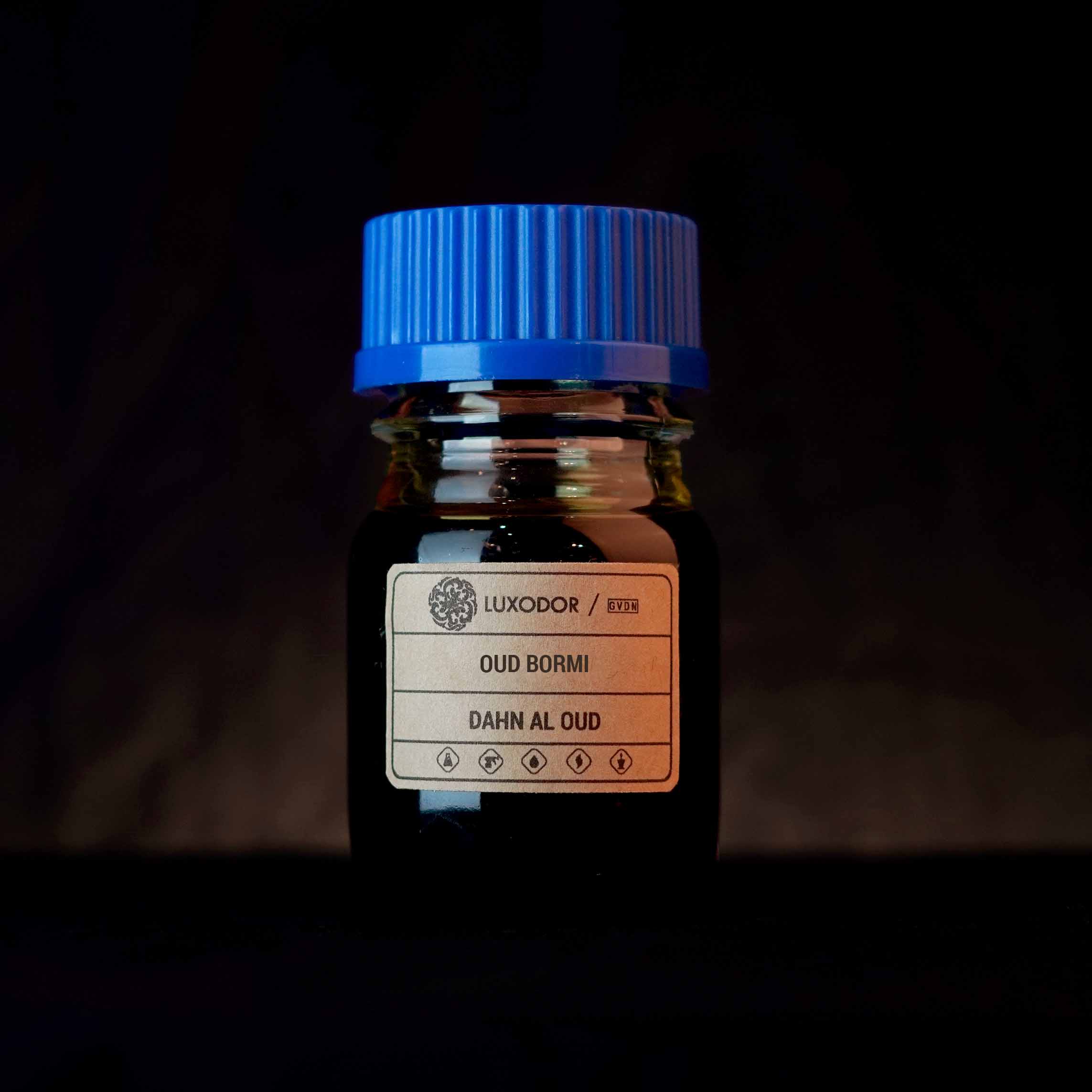
Oud Bormi
Agarwood is reputed to be the most expensive wood in the world. There are many names for the resinous, fragrant heartwood produced primarily by trees in the genus Aquilaria. Most commonly, the resin is known as agarwood, aloeswood, eaglewood, gaharu, agalocha or oudh (In Arabic)
Agarwood has been used to make high quality incense since centuries. The people describe its smell as "a sweet, deep but balanced fragrance" and use it in festive celebrations, and so do Arabian, Indian and Japanese people. Agarwood is also part of many traditional pharmacopoeias, dating back to medieval times and Chinese doctors still prescribe it for colds and disgestion problem. Oil extracted from agarwood is used in Arabian countries as a perfume.
Agarwood or oudh forms as a reaction to fungal or bacterial attack. Trees, ocassionally become infected with a parasite mould secrete a fragrant, protective oil into wounded areas (roots, branches or sections of the trunk), which gradually become harder and dark brown to black. The heartwood (central part of a tree, which is darker in color than the sapwood) is relatively light and pale color before infection. Normally harvesters would cut only the infected parts in the hope that the tree would produce more of this resinous wood.
Aquilaria species that produce agarwood are found throughout Asia, while occur naturally in South and Southeast Asia. The Indian sub-continent was the main source of agarwood for many centuries but as trees became scarce in the middle of the twentieth century, extraction intensified in Indochina. Later on it was extended to Indonesia and Malaysia. Today Agarwood plantations exist in a number of countries, including Bangladesh, Bhutan, India, Laos, Myanmar, Papua New Guinea, Thailand and Vietnam.
It can grow on a wide range of soils, including poor sandy soil. Seedlings of most species establish best in shady, moist conditions, but large adult trees sometimes become emergent in the forest and can withstand full sun. Some species can be found growing on steep, rocky, exposed slopes, and in regions that experience a hot, dry season. The trees grow to 6-20 m tall. At least fifteen species of Aquilaria trees are known to produce Agarwood.

